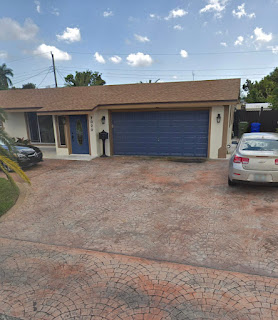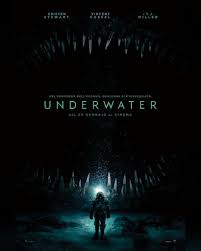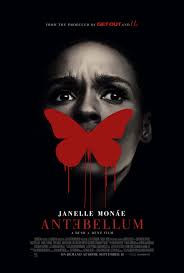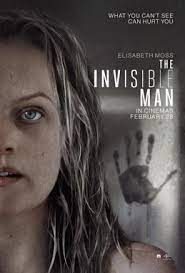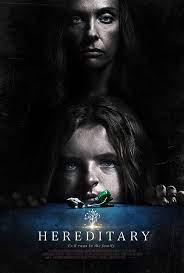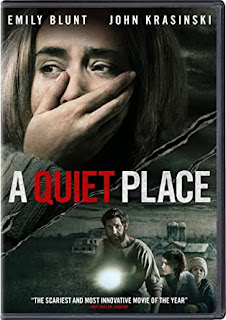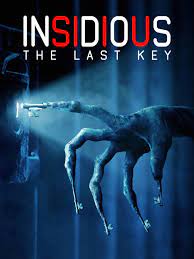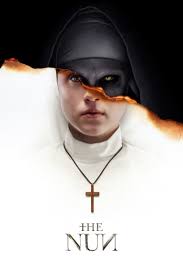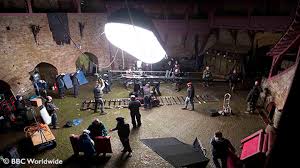Planning Blog: Title Sequence
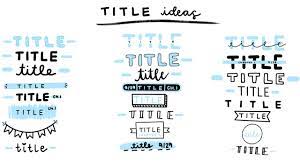
Font: The opening of credits our film will be in more of a blocky font. Example: Executive Producer: Mr. Leo Contrast: The color of the font will be red so that it pops out on the black background. Example. Sound Director- Abigail Mitchell * The sizing of the font for the title will be big and bold in the middle of the frame. Spacing: Leading - Two lines of space above. Tracking - Double spaced between the words. Working Title : My working title for my film will be "The Night That Never Seemed To End’’. * It will be a bold face font. - Titles will be brought onto screen be a wave of blood washing over the black backdrop. The titles will disappear from the screen by dripping as if they were made from blood - The title will disappear on the screen after 4 or 5 seconds. (Some will be on screen for 2 to 3 seconds.) -All of the titles will go through the same process the only thing that will be altered is that the text will be bigger for the name of the movie. -The names of peopl
